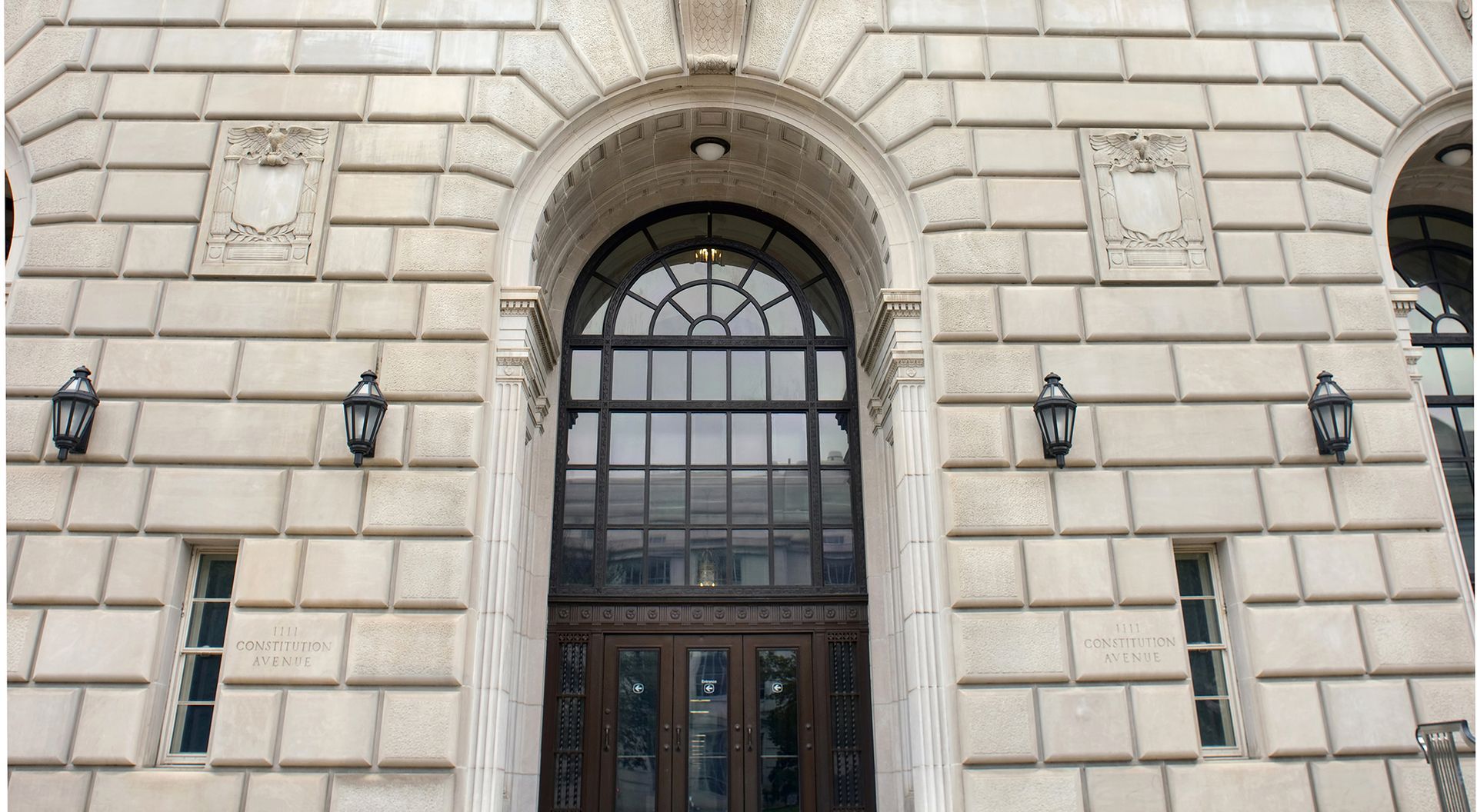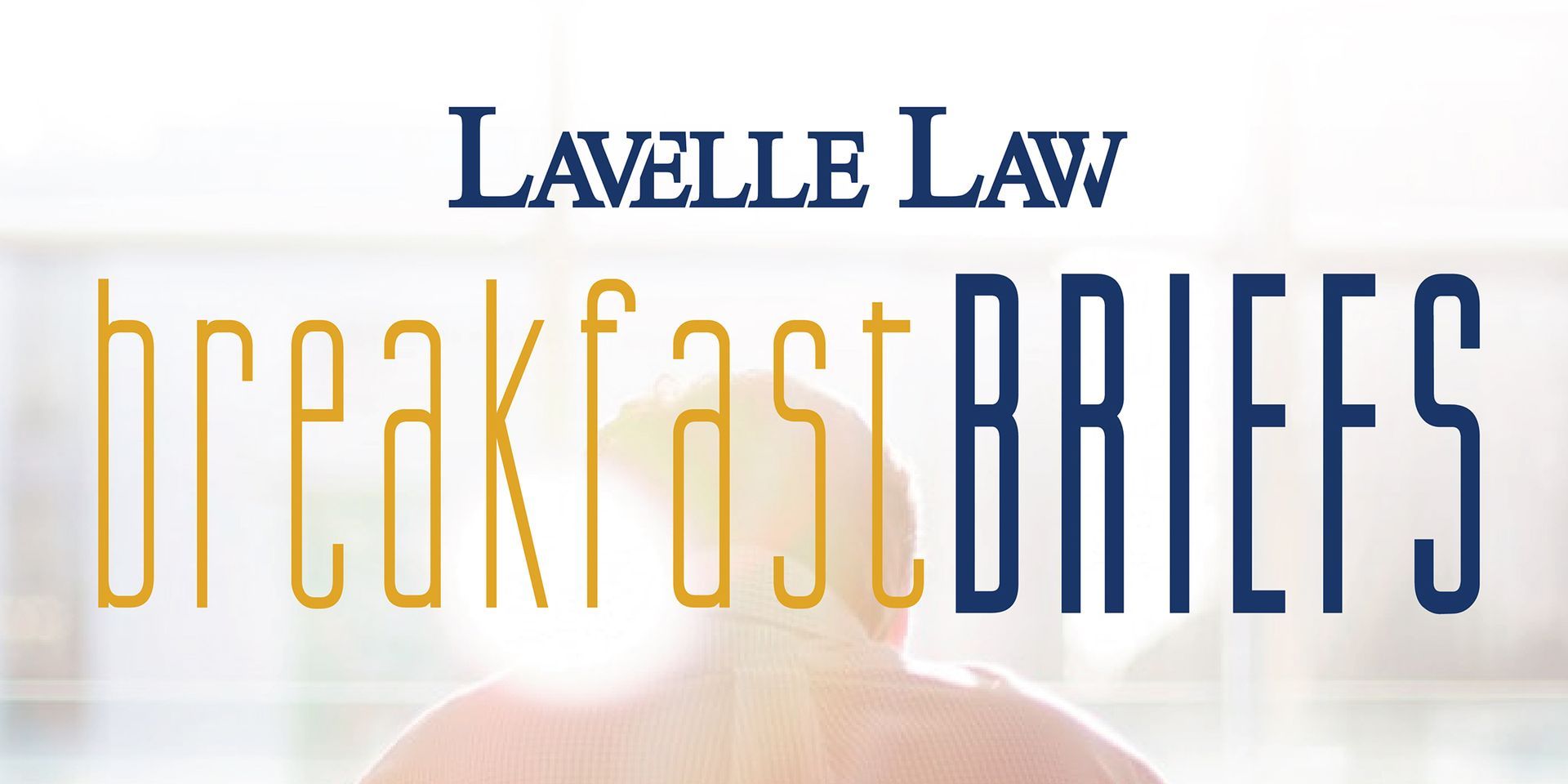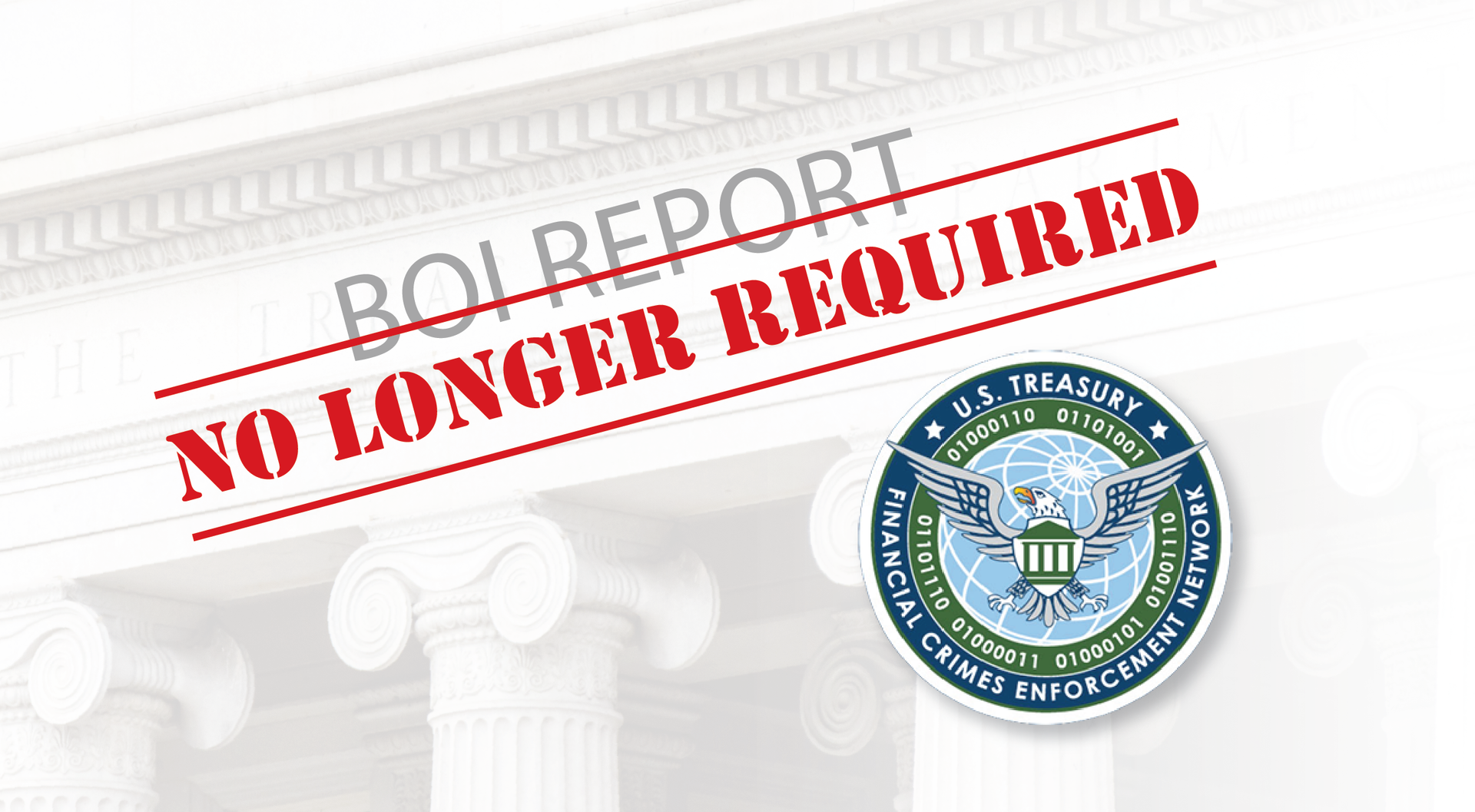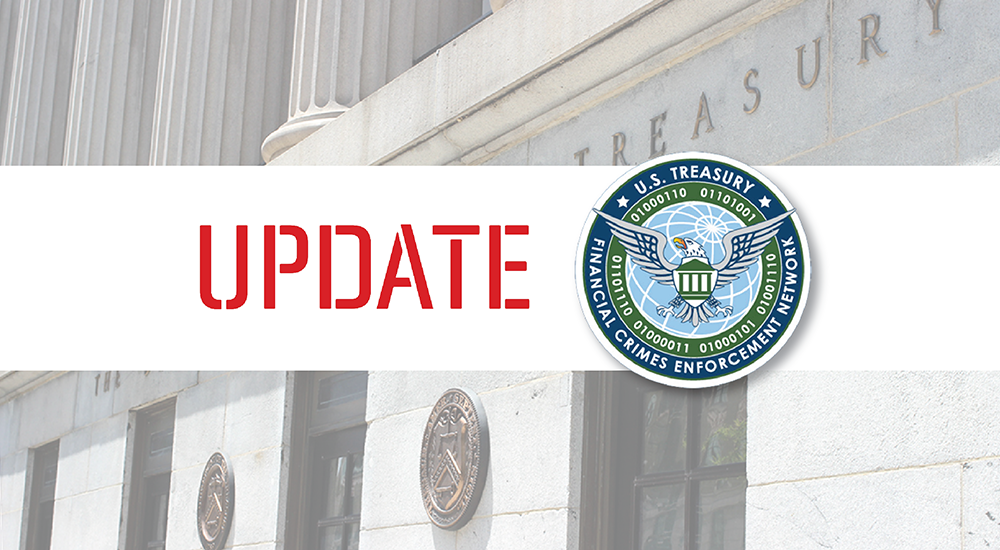Banking and Business Monthly – March 2021
LIBOR Transition Dates Are Determined; Two Federal Judges Declare CDC’s COVID-19 Eviction Moratorium Unenforceable

A. LIBOR Transition Dates are Determined
Announcements
Recent announcements by benchmark providers, regulators, and industry groups have resulted in the determination of key dates for the LIBOR transition. On March 5, 2021, the ICE Benchmark Administration (IBA) announced that it will cease the publication of (a) the one-week and two-month USD LIBOR rates immediately following the LIBOR publication on December 31, 2021, and (b) the Overnight, one-month, three-month, six-month and 12-month USD LIBOR rates immediately following the LIBOR publication on June 30, 2023.
In connection with this announcement, the U.K. Financial Conduct Authority (FCA), which regulates LIBOR, also made an announcement confirming that all such LIBOR rates will either cease to be provided by any administrator or no longer be representative immediately after the dates set out above.
US Industry and Regulatory Response
That statement triggers the fixing of spread adjustments under various industry developed fallback provisions in the absence of LIBOR. For example, the Alternative Reference Rates Committee (ARRC) convened by the Federal Reserve Board and the New York Fed confirmed that it viewed the March 5, 2021 announcements by IBA and the FCA on future cessation and loss of representativeness of the LIBOR benchmarks to be a “Benchmark Transition Event” in relation to all USD LIBOR settings under the ARRC recommended fallback language for new issuances of LIBOR floating rate notes, securitizations, syndicated business loans, and bilateral business loans. A “Benchmark Transition Event” triggers the transition to the fallback rates, which become effective upon the “Benchmark Replacement Dates,” which, consistent with the announcements, are expected to be on or immediately after: (i) December 31, 2021 for one-week and two-month USD LIBOR and (ii) June 30, 2023 for Overnight, one-month, three-month, six-month, and 12-month USD LIBOR. Borrowers and lenders are encouraged to review their existing loan documents to ensure adequate fallback provisions are in place, and to keep these dates in mind when negotiating new loan documents and fallback provisions.
B. Two Federal Judges Declare CDC’s COVID-19 Eviction Moratorium Unenforceable
Federal judges in Texas and Ohio declared unenforceable a September 2020 order issued by the U.S. Centers for Disease Control and Prevention (CDC) that prohibits certain residential evictions because of COVID-19 through March 2021.
In Terkel v. Centers for Disease Control and Prevention, No. 6:20-cv-00564 (E.D. Tex. Feb. 25, 2021), the court concluded that the moratorium did not have a substantial effect on interstate commerce but rather sought to regulate real estate which is inherently local and does not move across state lines. The court thought the relationship between interstate commerce and the evictions covered by the order was too attenuated, since, for example, it was not targeted to stop the spread of the virus among the states because it applies regardless of whether a tenant was exposed to COVID-19 or would move out of the state if evicted.
In Skyworks, Ltd. v. Centers for Disease Control and Prevention, No. 5:20-cv-2407 (N.D. Ohio Mar. 10, 2021), the court took a different approach, declaring the moratorium invalid because it exceeded the agency's statutory authority provided in Section 361 of the Public Health Service Act, 42 U.S.C. § 264(a) (PHSA). Because the Ohio court determined that the moratorium violated the PHSA, it did not reach the constitutional arguments considered by the Texas court above.
Note that these decisions do not raise questions concerning any state’s own moratoriums on evictions, such as what we have in Illinois, whose residential eviction moratorium lasts at least until April 3, 2021. The latest list of Illinois’ executive orders can be found here.
If you have any questions about this article, please contact Steve Migala at smigala@lavellelaw.com or 847-705-7555.
More News & Resources
Lavelle Law News and Events












